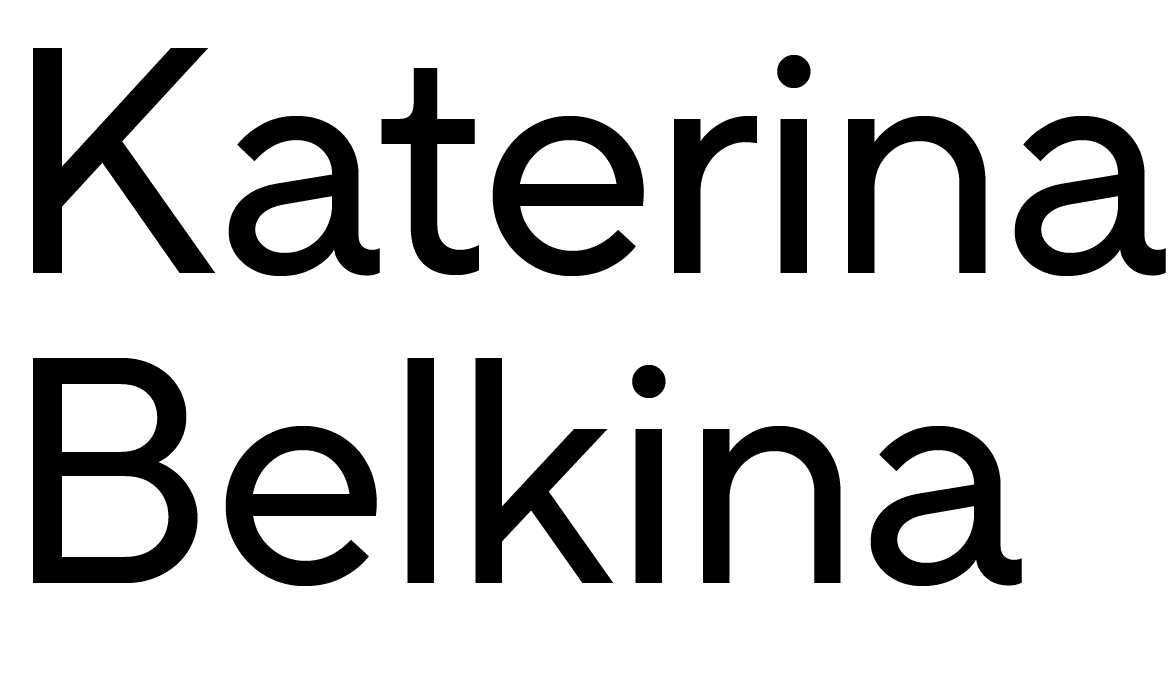Sailing close to the wind
Simon Hewitt looks at the changing face of the Russian contemporary art market through an inventory of international galleries working with Russian artists
Simon Hewitt, Russian Art Focus, February 16, 2019
Gallery Representations
Connect & Discover
Instagram, opens in a new tab.
Patreon, opens in a new tab.
Facebook, opens in a new tab.
Twitter, opens in a new tab.
Send an email
Artland, opens in a new tab.
Copyright 2025 © www.belkina.art

